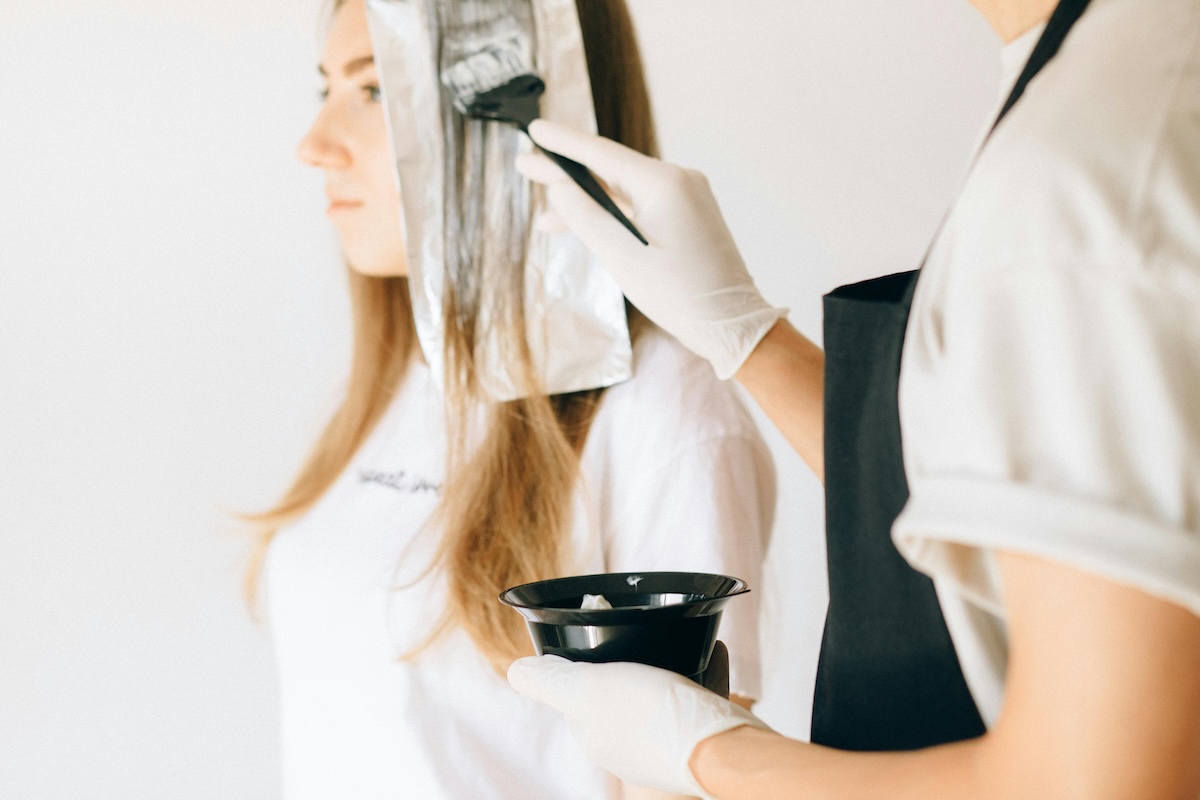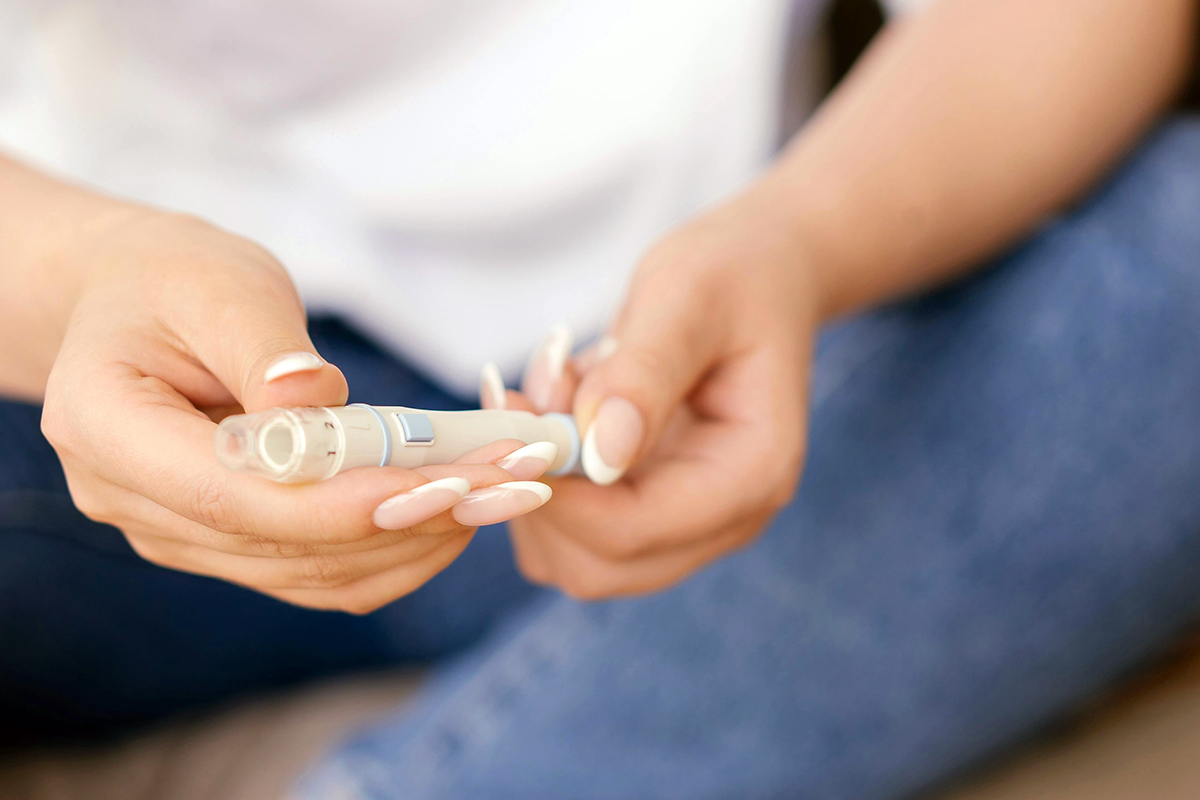Can you share the data on the link between hair straightening products and uterine cancer? I’ve seen the headlines about new research suggesting a connection, and it’s honestly alarming — especially since these products have been used for decades, often starting in childhood. Should people who regularly use relaxers or straighteners be worried? And are there any alternatives (like synthetic hair) that could be safer?
—Concerned About Chemicals
Uterine cancer-causing chemicals have been previously linked to the past use of hair straighteners (or relaxers). This, understandably, has caused concern among users of these products, who are disproportionately Black women.
A 2022 paper uses data from a prospective cohort study called the Sister Study. The researchers observed a sample of nearly 34,000 women over an average of 10.9 years of follow-up. Over that period, they track changes in health, including, in this case, the occurrence of uterine cancer. Sadly, they observed 378 cases of uterine cancer during the follow-up period. This same dataset and method have also been used to look at links with fibroids, with similar conclusions that fibroid risk is elevated.

In the case of uterine cancer, the paper uses these data to look at links between the use of various beauty products, in particular hair products, and uterine cancer. The authors find that uterine cancer rates are elevated in women who reported using hair straightening products. They are not elevated in women who report using a variety of other products, including hair dyes. They suggest the mechanism may be through formaldehyde, although their data isn’t sufficient to say anything concrete.
There are some subtleties in their results. For example, they find that the link is much stronger for people with low physical activity. They also find that it is much stronger for white women than Black women, although these products are predominantly used in the data by Black women. The results come with a lot of statistical noise, so it is hard to know what to make of that.
I realize I am often a broken record on this type of paper, but it has many of the same issues that any observational paper does.
In the study, there are big differences between people who do and do not use these products. Perhaps the most key issue here is the differences in BMI and physical activity. Obesity is closely linked to uterine cancer; the CDC lists age and obesity as the top two risk factors. In this case, the group of people who use these particular products is much more likely to be obese and to have lower rates of physical activity. More generally, the wide range of differences across groups makes clear that these are extremely different people.
The authors control for BMI in their regressions, but this is an imperfect and incomplete control. With such large differences in variables you can observe, it’s crucial to worry about characteristics you can’t observe.
My sense is that the authors do about as much as they can with the data they have. One thing I would have liked to see is more information on the baseline differences across other types of hair care. This is a bit subtle, but in their data, they do not see a link between (for example) hair dye and uterine cancer. It would be helpful to see the characteristic differences between women who use hair dye and those who do not. If there are also big differences there, it would suggest that maybe those differences are not what is driving the straightener results. If, instead, we see that the hair dye groups are more comparable, it makes me more concerned that demographic differences are driving the straightener results.
Based on these concerns, some women may turn to synthetic hair. However, other concerns have been raised about this option. Consumer Reports testing found possibly cancer-causing chemicals in many popular brands of synthetic hair.
These were mostly at low levels, and these chemicals are present in a huge share of the products we use, so it is not clear how significant these concerns are. We do not have any associational data between the use of these products and health outcomes, and, even if we did, it would be subject to the same concerns as the evidence above.
The upshot: Is it possible there is a link between the use of some hair products and uterine cancer? It is hard to rule that either out or in based on these data. However, what I will say is that in absolute terms, the elevated risk is very small. The yearly risk of uterine cancer in these data is about 1 in 1,000. Their estimates suggest that the use of these hair products would raise this to 1.8 in 1,000. And, again, it is likely an overestimate. If you use these products, I would not panic, although this is an area deserving of clearer data.
Community Guidelines




















Log in